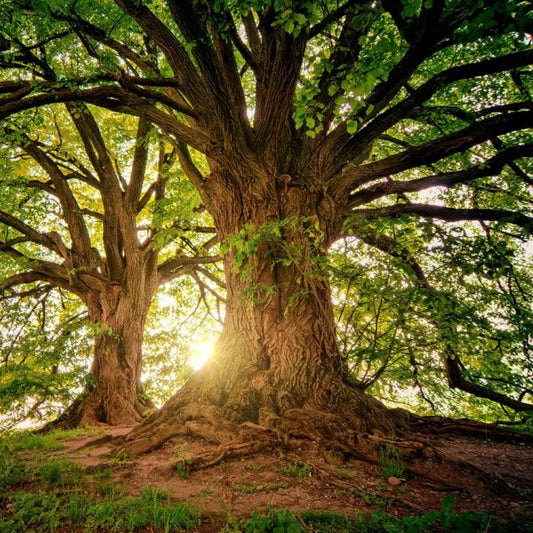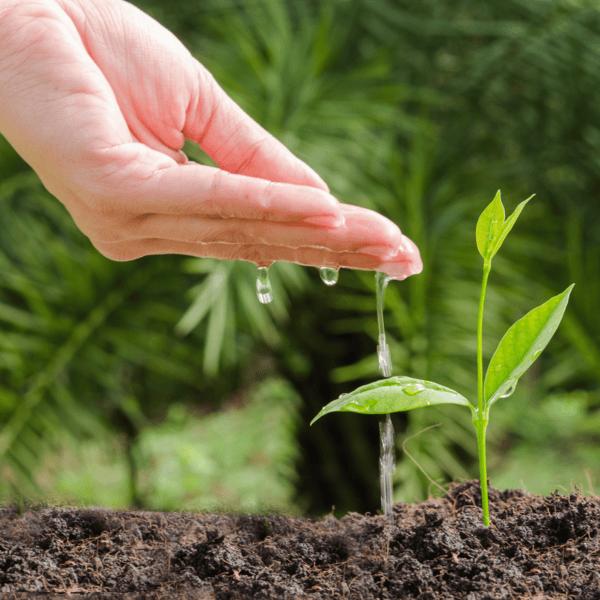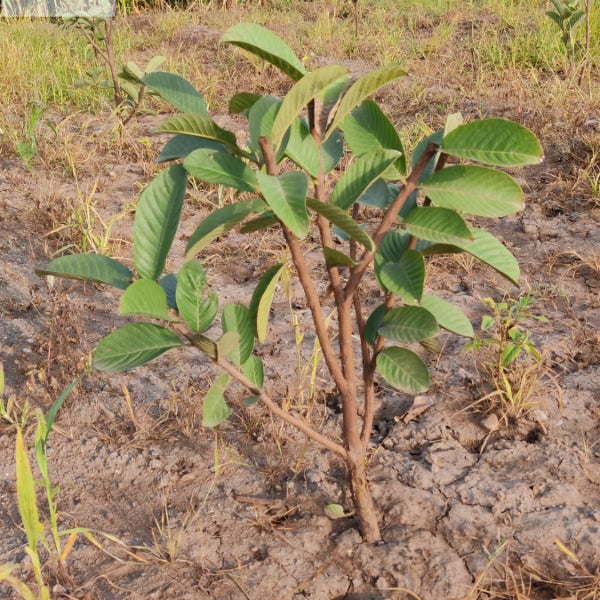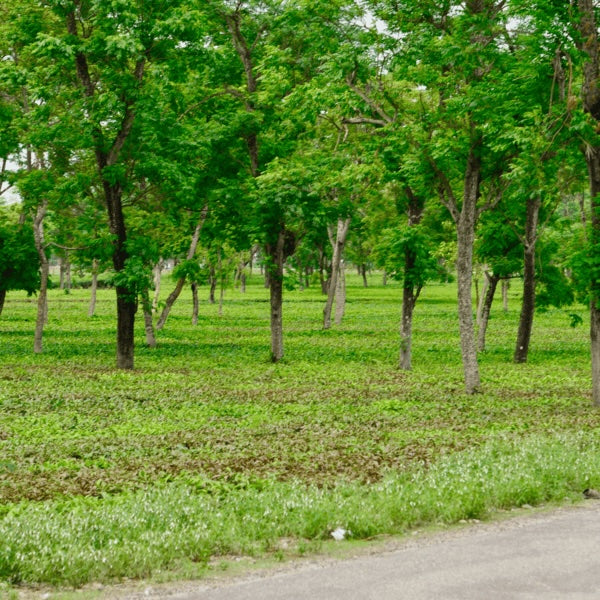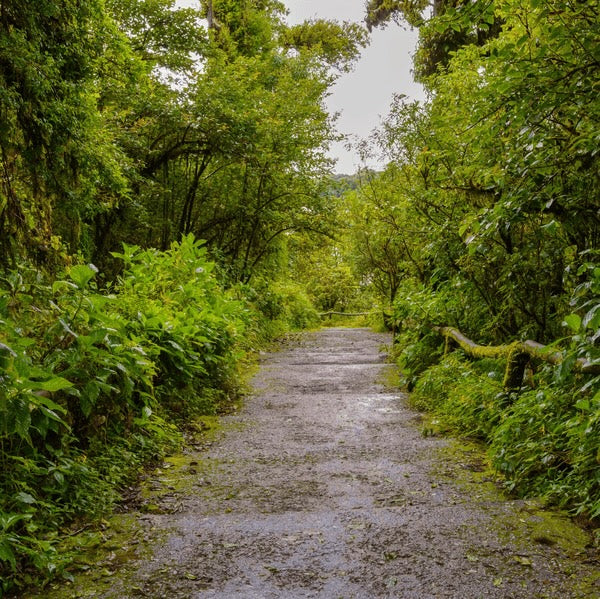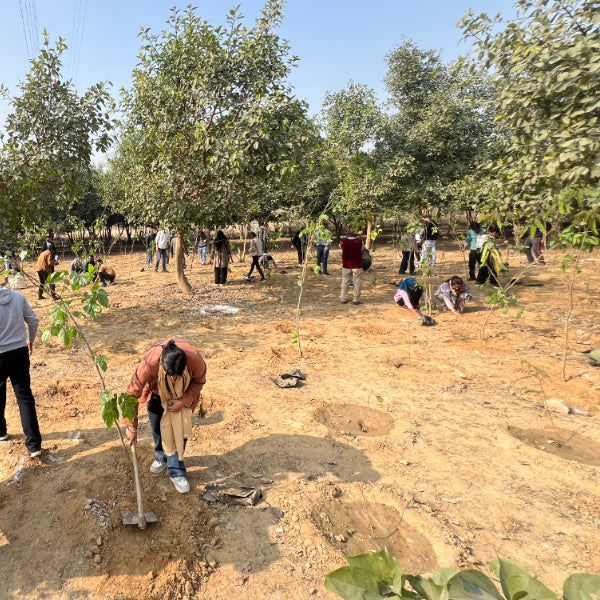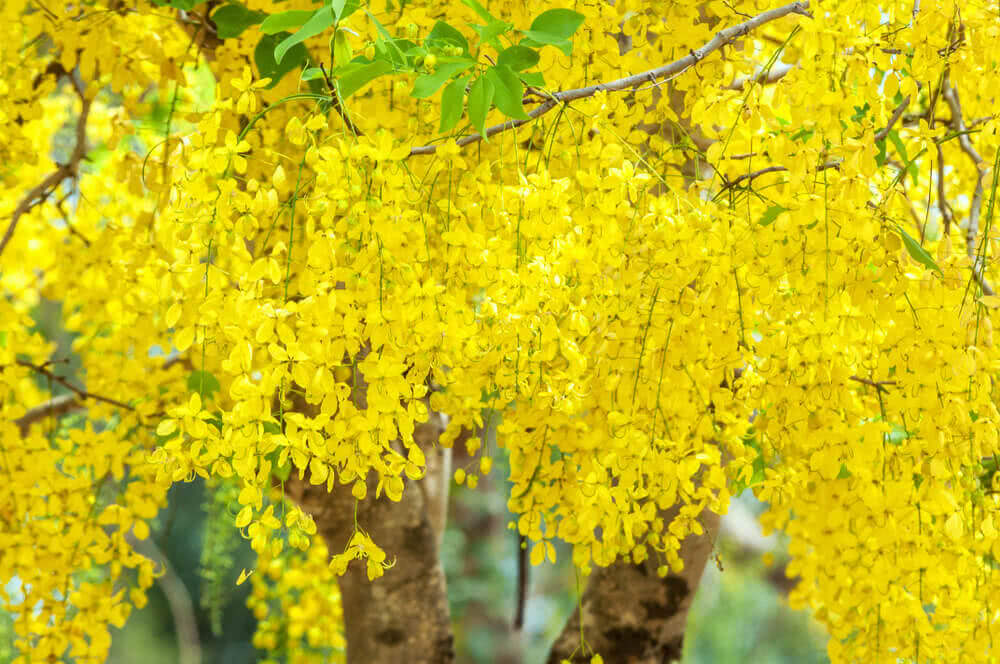

The Cassia Tree, scientifically known as Cassia fistula, is a stunning tree renowned for its golden blooms, medicinal properties, and cultural significance. Commonly called the Golden Shower Tree, it is native to South Asia but admired worldwide for Read more
Trending
Trees for Corporates
Cassia Tree: Unveiling the Golden Wonders and Healing Secrets of Natur
The Cassia Tree, scientifically known as Cassia fistula, is a stunning tree renowned for its golden blooms, medicinal properties, and cultural significance.
Commonly called the Golden Shower Tree, it is native to South Asia but admired worldwide for its beauty and benefits.
Let’s explore the fascinating world of the Cassia Tree, delving into its history, scientific relevance, and ecological impact.
What is the Cassia Tree?
The Cassia Tree belongs to the Fabaceae family and is a medium-sized deciduous tree that grows up to 20 meters tall. Its hanging clusters of bright yellow flowers create a spectacular display during the summer months.
The tree is highly adaptable, thriving in tropical and subtropical climates, and is known for its long, cylindrical pods containing seeds and medicinal pulp.
Historical and Cultural Significance
The Cassia Tree has been revered in many cultures for centuries. In India, it is considered sacred and is often planted near temples and homes as a symbol of purity and prosperity.
The tree’s vibrant blossoms are associated with festivals like Vishu and are used in decorations and rituals. Ancient Ayurvedic texts praise its medicinal uses, referring to it as “Aragvadha,” meaning “disease killer.”
Fun Fact: The Cassia Tree is the national tree of Thailand, where it symbolizes unity and prosperity.
Medicinal Properties of the Cassia Tree
The Cassia Tree is a powerhouse of healing properties. Its leaves, flowers, and pulp are rich in bioactive compounds such as flavonoids, saponins, and anthraquinones, offering numerous health benefits.
- Laxative: The pulp inside its pods is a natural laxative, widely used to treat constipation and improve digestion.
- Detoxifier: Its extracts are used in traditional remedies to detoxify the body and purify the blood.
- Anti-inflammatory: The tree’s leaves and bark help reduce swelling and pain, making it effective for arthritis and joint issues.
- Skin Health: Its antimicrobial properties treat skin infections, acne, and wounds, promoting faster healing.
Scientific Backing
Studies published in the Journal of Herbal Medicine confirm the Cassia Tree’s laxative, antimicrobial, and anti-inflammatory properties.
Research also highlights its potential in managing oxidative stress and treating gastrointestinal disorders, validating its traditional uses.
Environmental Impact
The Cassia Tree is not only a medicinal marvel but also an ecological gem. Its ability to thrive in various soils and climates makes it an essential part of reforestation projects and urban greenery.
- Soil Stabilization: The tree’s roots prevent erosion and improve soil structure, making it ideal for degraded lands.
- Biodiversity Support: Its flowers attract bees, butterflies, and birds, supporting pollinators and enhancing local ecosystems.
- Air Purification: The Cassia Tree absorbs pollutants and releases oxygen, contributing to cleaner, healthier air.
Fun Fact: The Cassia Tree’s golden flowers inspired its nickname, the “Golden Shower Tree,” for their striking resemblance to cascading golden showers.
Cassia Tree in Landscaping
With its vibrant blooms and low-maintenance nature, the Cassia Tree is a favorite choice for landscaping in parks, gardens, and streetscapes. Its shade-providing canopy and decorative appeal make it a valuable addition to urban environments, enhancing aesthetics and biodiversity.
Planting and Caring for the Cassia Tree
- Soil: Thrives in well-drained sandy or loamy soils but can adapt to a variety of soil types.
- Sunlight: Requires full sunlight for healthy growth and abundant flowering.
- Watering: Minimal watering is needed once established, making it drought-tolerant and low-maintenance.
- Pruning: Regular pruning ensures a well-shaped canopy and encourages better flowering.
Modern Applications
Beyond its traditional uses, the Cassia Tree is gaining recognition in modern industries. Its extracts are being studied for pharmaceutical and skincare applications, while its pulp is used in natural laxatives.
The tree’s environmental benefits make it a key player in climate resilience and sustainable landscaping projects.
Cultural Symbolism
The Cassia Tree is deeply rooted in cultural and spiritual practices. Its blossoms are a symbol of positivity, unity, and prosperity, celebrated in festivals and rituals across Asia.
The tree’s ability to flourish in diverse conditions and provide beauty, health, and sustainability makes it a metaphor for resilience and abundance.
Conservation and Sustainability
While the Cassia Tree is widely grown, habitat loss and urbanization pose challenges to its natural populations. Promoting its cultivation in rural and urban areas can help preserve its ecological and cultural value.
Incorporating it into reforestation and land restoration projects ensures its legacy as a floral treasure and environmental guardian continues to thrive.
Conclusion
The Cassia Tree is a golden wonder of nature, blending stunning beauty with powerful medicinal properties and ecological brilliance.
From its role in traditional medicine to its impact on biodiversity and urban greenery, it remains a timeless symbol of nature’s generosity.
By celebrating and conserving this remarkable tree, we ensure its legacy continues to inspire, heal, and beautify the world for generations to come.
You may also like
Corporate Plantations
Cassia Tree Benefits
The Cassia Tree combines stunning beauty, medicinal brilliance, and ecological contributions, proving that nature’s floral treasures come with a golden glow and endless benefits.
Medicinal Properties of Cassia Tree
Packed with bioactive compounds, the tree’s flowers, leaves, and bark treat digestive issues, inflammation, and skin infections, making it a natural healer with golden powers.
Cassia Tree in Traditional Medicine
Revered in Ayurveda, this “disease killer” tree has been used for centuries to detoxify, heal wounds, and promote gut health, showcasing ancient wisdom in every petal.
Environmental Role of Cassia Tree
From stabilizing soil and supporting biodiversity to purifying air, the Cassia Tree is an eco-warrior disguised as a golden ornament in your backyard.
Cassia Tree in Landscaping
With vibrant golden blooms and shade-providing canopies, this tree transforms parks and streetscapes into visual masterpieces while enhancing urban biodiversity.
Cultural Significance of Cassia Tree
Symbolizing unity and prosperity, the Cassia Tree is celebrated in festivals and rituals, bringing a touch of gold to cultural traditions and spiritual practices.
Modern Applications of Cassia Tree
Its pulp is used in natural laxatives, its extracts in skincare, and its wood in crafts, proving its versatility from health to beauty to creativity.
Conservation of Cassia Tree
Habitat loss threatens this floral marvel, and conservation efforts ensure its golden blooms, medicinal value, and ecological contributions continue to flourish for generations.
FAQ
What is the Cassia Tree?
The Cassia Tree, scientifically known as Cassia fistula, is a stunning deciduous tree famous for its golden blooms, medicinal properties, and role in enhancing ecosystems.
Why is the Cassia Tree called the Golden Shower Tree?
Its cascading clusters of vibrant yellow flowers resemble a golden shower, giving this beautiful tree its poetic and popular nickname.
What are the medicinal uses of the Cassia Tree?
Its flowers, bark, and pulp are natural remedies for constipation, inflammation, and skin infections, making it a golden addition to traditional medicine.
How does the Cassia Tree benefit the environment?
It prevents soil erosion, supports pollinators, and purifies air, proving that its beauty is matched by its eco-friendly brilliance.
Can the Cassia Tree grow in urban areas?
Yes, this low-maintenance tree thrives in urban spaces, adding charm with its golden blooms while purifying air and supporting biodiversity.
Why is the Cassia Tree culturally significant?
Celebrated in festivals and rituals, the tree symbolizes prosperity, unity, and beauty, holding a revered place in Asian traditions and spirituality.
What are the modern applications of the Cassia Tree?
Its pulp is used in laxatives, its extracts in skincare, and its wood in crafts, showcasing its versatility in contemporary industries.
Why should we conserve the Cassia Tree?
Habitat loss threatens this floral gem, and conservation ensures its ecological, medicinal, and cultural value continues to inspire and benefit future generations.
?
?
?
?
Most Popular
Connect with us
-
👥 Corporates
If you are looking for:
- 🌲 Tree Plantation Events
- 📊 CSR Projects
📧 corporate@growbilliontrees.com
📞 +91 9699723523
💬 +91 9325931304 WhatsApp (Only)
🕒 Mon - Sat | 10am - 7pm IST
-
🧩 Tree Plantation NGOs
If you are looking for:
- 💰 Financial Assistance
- 🤝 Operational Support
📧 support@growbilliontrees.com
📞 +91 9699723523
💬 +91 9325931304 WhatsApp (Only)
🕒 Mon - Sat | 10am - 7pm IST
-
🌼 Individuals
If you are looking for:
- 👥 Group Tree Plantation Drive
- 🌳 Bulk Tree Plantation
📞 +91 9699723523
💬 +91 9325931304 WhatsApp (Only)
🕒 Mon - Sat | 10am - 7pm IST









